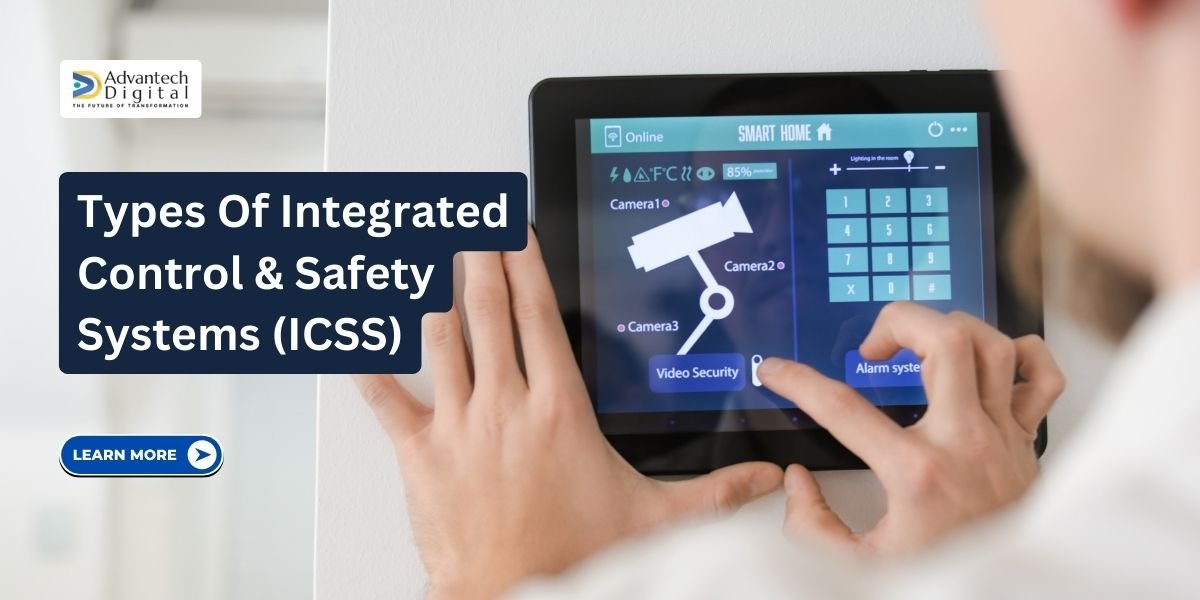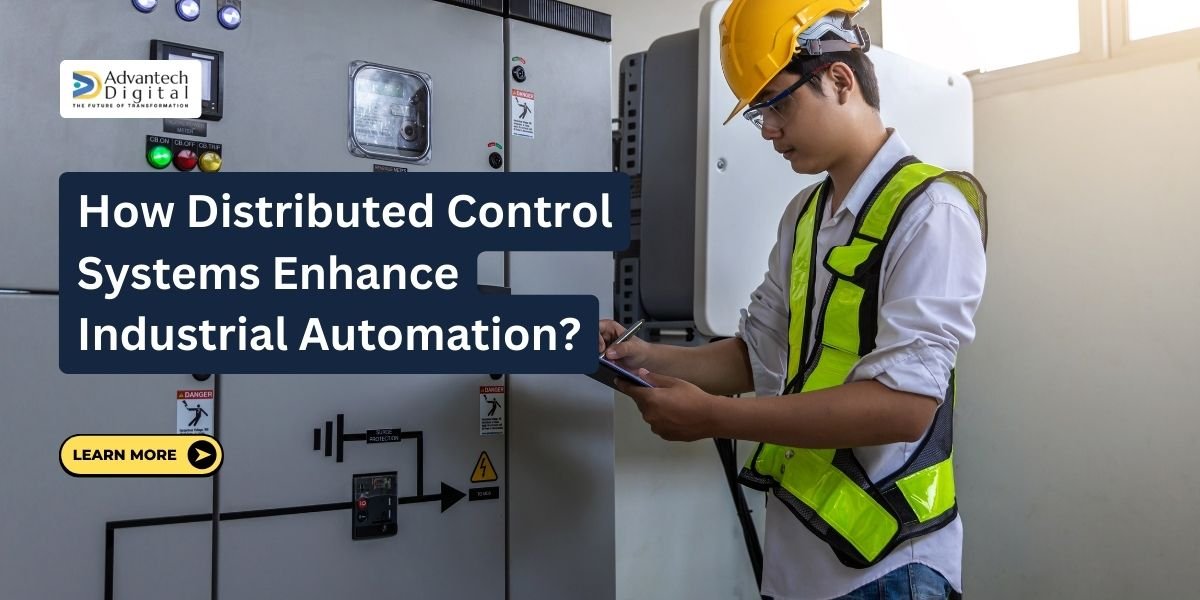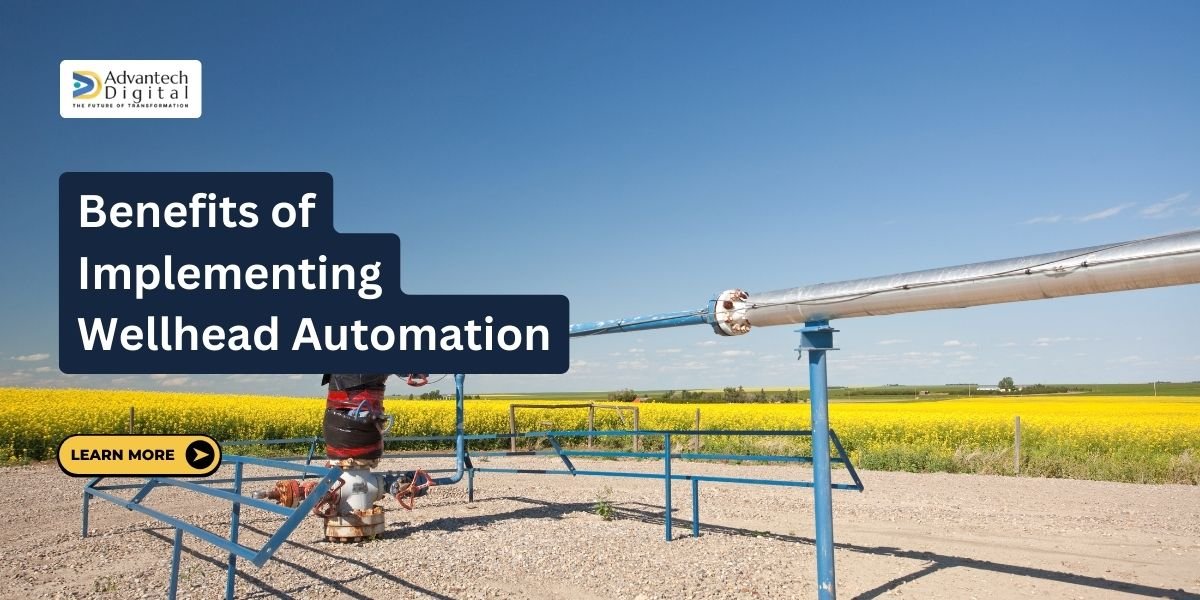Industrial automation relies heavily on integrated control & safety systems (ICSS), which seamlessly combine control and safety functions to optimize operations and maintain a safe working environment.
ICSS plays a crucial role in regulating processes, monitoring critical variables, and implementing safety measures in industrial settings where precision, efficiency, and safety are paramount.
ICSS enables the monitoring, control, and response of dynamic industrial processes in real-time by integrating a variety of hardware and software components.
By enhancing operational efficiency while prioritizing personnel and asset safety, ICSS offers a comprehensive solution for managing production parameters and detecting and mitigating potential hazards.
Through this introduction, we will explore the diverse components, functionalities, and applications of ICSS across different industries, highlighting their essential role in modern industrial automation.
Key Takeaways:
- Integrated Control & Safety Systems (ICSS) integrate control and safety functions to optimize industrial processes.
- Safety Instrumented Systems (SIS), Emergency Shutdown Systems (ESD), and Fire and Gas Systems (F&G) are crucial components of ICSS.
- The Distributed Control System (DCS) coordinates variables while the Programmable Logic Controller (PLC) automates them.
- Using Human Machine Interfaces (HMI), operators can monitor and control industrial processes intuitively.
- In industrial facilities, an ICSS enhances operational efficiency, improves safety, and ensures regulatory compliance.
Types of Integrated Control & Safety Systems (ICSS):
Process Control System (BPCS):
A key component of integrated control and safety systems (ICSS) is the Process Control System (BPCS). This section will explore the functionalities, components, and importance of BPCS in industrial automation. BPCS is mainly focused on regulating and optimizing production processes within industrial environments.
Functionality of BPCS:
BPCS monitors and controls various parameters in the production process to ensure optimal performance and efficiency. These variables include temperature, pressure, flow rates, and chemical composition. To maintain desired operating conditions and meet production targets, BPCS continuously monitors these parameters and makes real-time adjustments.

Components of BPCS:
Sensors and Actuators:
BPCS relies heavily on sensors to capture data related to process variables. Sensors measure parameters such as temperature, pressure, level, and flow, which are essential inputs into control algorithms. In contrast, actuators adjust process variables in response to control signals generated by the system.
Control Algorithms:
BPCS utilizes sophisticated control algorithms to analyze data from sensors and determine appropriate control actions. PID (Proportional-Integral-Derivative) controls, cascade controls, and feedforward controls are common control strategies. These algorithms use mathematical models and logic to regulate process variables and optimize system performance.
Control Interface:
As the BPCS’s user interface, the control interface allows operators to monitor and adjust process operations as needed by providing access to control parameters, setpoints, alarms, and historical data.
Importance of BPCS
Industrial automation relies heavily on BPCS for a number of reasons:
Process Optimization:
The BPCS technique continuously monitors and adjusts process variables so that production processes can be optimized to maximize efficiency and productivity. This results in improved product quality, reduced waste, and increased profitability.
Operational Stability:
BPCS maintains a safe operating limit to ensure operational stability. In order to enhance operational reliability, BPCS prevents deviations from desired setpoints, minimizing equipment failures, process upsets, and safety incidents.
Regulatory Compliance:
In many industries, there are regulatory requirements that govern process operations and emissions. BPCS provides control strategies that comply with environmental, health, and safety regulations.
Enhanced Safety:
Furthermore, BPCS enhances the safety of industrial facilities and optimizes process performance. In addition to protecting personnel, equipment, and the environment from hazardous processes, BPCS implements safety interlocks, alarms, and emergency shutdown procedures.
Safety Instrumented System (SIS):
A safety instrumented system (SIS) is an essential component of an ICSS that detects abnormal conditions and initiates safety measures to prevent accidents.
The functionality of SIS:
SIS continuously monitors process variables and activates safety functions when predetermined conditions indicate hazardous situations are identified. It acts independently from the main control system in order to provide fail-safe protection.
Components of SIS:
- Sensors and Final Elements:
Sensors detect abnormal conditions, such as high pressure or temperature, while final elements, such as shutdown valves, act upon the signals received to mitigate risks.
- Logic Solver:
The logic solver evaluates inputs from sensors and determines appropriate responses based on predefined safety logic.
- Safety Instrumented Functions (SIFs):
The SIS performs these specific safety actions or functions to mitigate identified risks.

Importance of SIS:
- Risk Mitigation:
SIS’s rapid response to hazardous conditions significantly reduces the likelihood and severity of accidents.
- Compliance with Safety Standards:
Through the implementation of SIS, industry-specific safety standards and regulations are ensured.
- Protection of Personnel and Assets:
SIS protects personnel, equipment, and the environment from potential hazards.
Emergency Shutdown System (ESD):
Emergency shutdown systems (ESD) are essential components of ICSS and are designed to shut down industrial processes during emergencies to minimize risks rapidly.
Functionality of ESD:
When a critical event occurs, such as an equipment failure, deviation in process, or hazardous condition, the ESD system is triggered. It is responsible for restoring the process as quickly and efficiently as possible.
Components of ESD:
- Shutdown Valves:
These valves isolate the process equipment or sections of the facility to prevent the spread of hazards.
- Emergency Stop Buttons:
Manual emergency stop buttons allow operators to initiate emergency shutdowns.
- Safety Logic Solver:
ESD systems operate similarly to SIS systems by evaluating inputs and activating safety functions appropriately.

Importance of ESD:
- Rapid Response to Emergencies:
By providing rapid response to emergencies, ESD systems minimize risk mitigation and asset protection time.
- Prevention of Catastrophic Events:
By quickly shutting down processes, ESD systems help prevent catastrophic events such as fires, explosions, and chemical releases.
- Protection of Personnel and Environment:
By minimizing the impact of emergencies, ESD systems protect the well-being of personnel and the environment.
Fire and Gas System (F&G):
In industrial environments, Fire and Gas Systems (F&G) are integral components of ICSS.
Functionality of F&G:
Fire and gas detection systems continuously monitor the presence of flammable gases, toxic gases, and fires within the facility. Once such hazards are detected, they activate alarms, initiate mitigation actions, and provide early warning to personnel.
Components of F&G:
- Fire Detectors:
A fire suppression system is activated when these sensors detect flames or smoke.
- Gas Detectors:
Gas detectors alert personnel to potential hazards by monitoring the concentration of flammable and toxic gases in the atmosphere.
- Suppression Systems:
Fire suppression systems, such as sprinklers or fire suppression agents, are activated when a fire is detected.
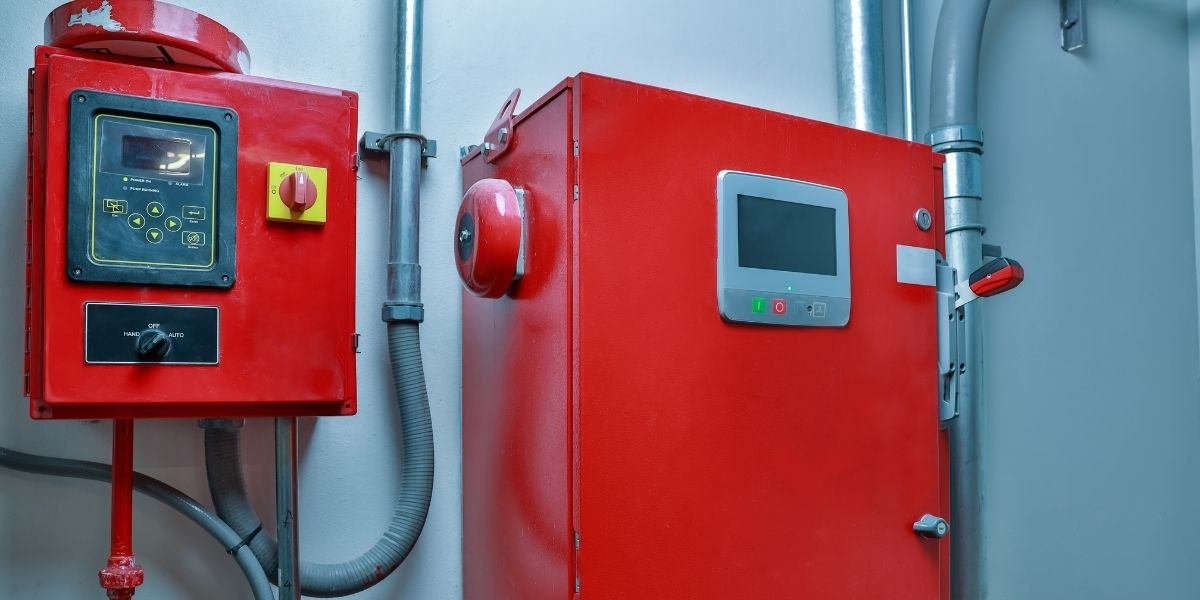
Importance of F&G:
- Early Hazard Detection:
Fire and gas detection systems allow for prompt response and mitigation when fire or gas hazards are detected early.
- Personnel Safety:
F&G systems alert workers to potential hazards within the facility, ensuring their safety.
- Asset Protection:
Protecting critical assets, equipment, and infrastructure from fire and gas hazards is crucial.
Control System (DCS):
Distributed In an industrial plant, the Distributed Control System (DCS) coordinates and regulates multiple process variables.
Functionality of DCS:
It allows operators to supervise and manage complex processes efficiently from a centralized location, serving as the central nervous system of industrial operations.
Components of DCS:
- Control Units:
Distributed control systems (DCSs) are distributed control units that control specific areas or processes in a plant.
- Communication Network:
A robust communication network allows for real-time data exchange and control commands between the control units and the central control room.
- Operator Interface:
Operators can monitor process variables, setpoints, alarms, and historical data using DCS’s intuitive graphical interfaces.

Importance of DCS:
- Efficient Process Control:
Operators can optimize process performance, increase productivity, and reduce downtime with DCS.
- Enhanced Flexibility:
The DCS allows for flexible configuration and adaptation of control strategies based on changing production requirements or process conditions.
- Data Integration:
Using DCS, operators can gain a comprehensive understanding of process operations by integrating data from a variety of sensors and devices across the plant.
Programmable Logic Controller (PLC):
The PLC is a key component of ICSS, which automates electromechanical processes through logic, sequencing, and control functions.
Functionality of PLC:
In an automated system, a PLC monitors sensor inputs and performs control algorithms to control a variety of industrial processes.
Components of PLC:
- Input Modules:
Sensors and other devices, such as switches and sensors, provide inputs to PLCs.
- Central Processing Unit (CPU):
CPUs process input data, execute control algorithms, and generate output signals to control actuators.
- Output Modules:
To control process variables and perform desired actions, PLCs send output signals to actuators, valves, motors, and other devices.
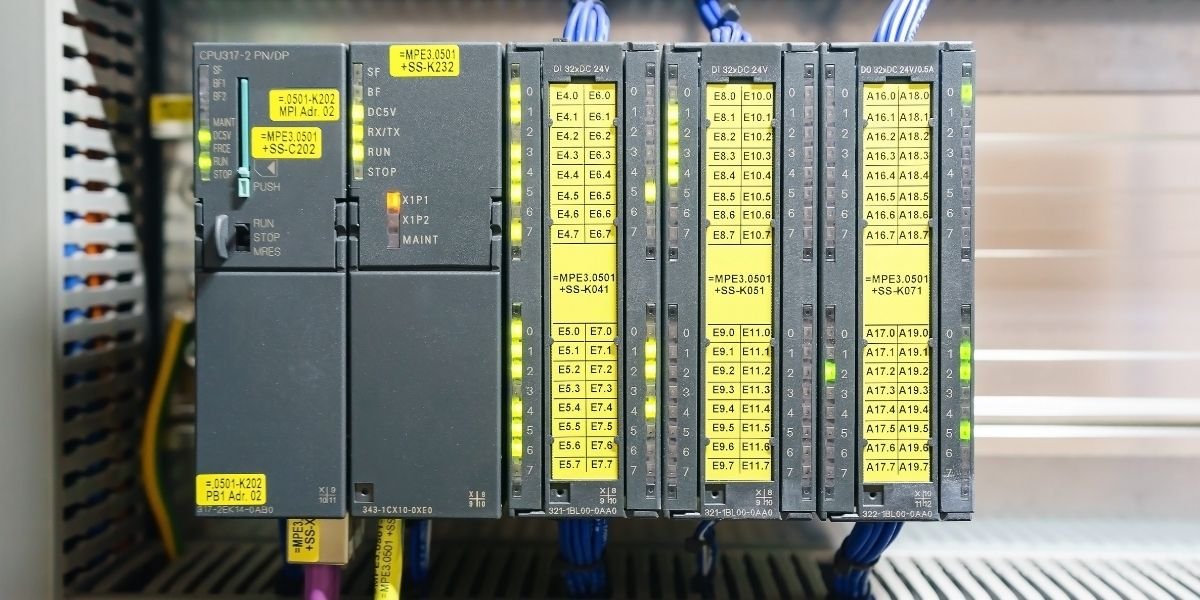
Importance of PLC:
- Automation:
By reducing manual intervention and human error, PLCs automate repetitive tasks, streamline processes, and improve efficiency.
- Flexibility:
Modifying and adjusting control logic in a PLC is easy and allows for quick response to changes in production requirements or process conditions.
- Reliability:
Due to their robustness and reliability, PLCs are suitable for use in harsh industrial environments.
Human Machine Interface (HMI):
ICSS relies heavily on Human Machine Interfaces (HMI) to provide a graphical interface for operators to monitor and interact with industrial processes.
Functionality of HMI:
HMIs serve as the main interface between operators and the control system. They display real-time data, control parameters, alarms, and other relevant information on a user-friendly display.
Components of HMI:
- Graphical Displays:
To visualize process operations, HMIs feature graphical displays, such as trend charts, mimic diagrams, and process graphics.
- Control Panels:
Operators can use touch screens, keyboards, and other input devices to input commands and adjust control parameters.
- Alarm Management:
An HMI provides visual and audible alarms to alert operators to abnormal conditions or deviations from processes.

Importance of HMI:
- Operator Awareness:
The HMI enhances situational awareness and decision-making by allowing operators to monitor process variables, identify trends, and respond promptly to abnormal conditions.
- Efficient Operation:
By providing intuitive user interfaces and ergonomic design, operators are more efficient, response times are reduced, and errors are minimized.
- Training and Documentation:
Documentation, standard operating procedures, and troubleshooting guides are provided by HMIs, which facilitate training and knowledge transfer.
Conclusion:
Industrial automation relies heavily on integrated control and safety systems (ICSS), which combine control and safety functions to optimize operations and ensure a safe work environment.
ICSS components, from process control systems (BPCS) to human-machine interfaces (HMI), make industrial processes more efficient, reliable, and safe.
ICSS enables real-time monitoring, control, and response to dynamic process conditions by integrating multiple hardware and software elements. It cannot be overstated how important ICSS is to ensure operational excellence and personnel safety as industries continue to embrace digital transformation.
When ICSS principles are embraced, industrial operations can be made safer, more efficient, and more resilient, fostering continuous improvement, innovation, and sustainability.
Integrated Control & Safety Systems (ICSS) of various forms ensure industrial process safety and efficiency. Each type of ICSS—DCS, PLC, and SIS—has unique features and capabilities customized to industry needs.
Technology like cloud-based solutions and real-time data analytics are also shaping ICSS, improving monitoring, control, and decision-making.
Frequently Asked Questions:
What is an Integrated Control & Safety System (ICSS)?
An Integrated Control & Safety System (ICSS) is a comprehensive system that combines control and safety functionalities to regulate industrial processes while ensuring the safety of personnel, equipment, and the environment.
How does a Safety Instrumented System (SIS) differ from a Process Control System (BPCS)?
A Safety Instrumented System (SIS) is dedicated to safety-critical functions and operates independently of the main control system, while a Process Control System (BPCS) focuses on optimizing production processes.
What are the main components of an Emergency Shutdown System (ESD)?
The main components of an Emergency Shutdown System (ESD) include shutdown valves, emergency stop buttons, and a safety logic solver.
How does a Fire and Gas System (F&G) contribute to industrial safety?
A Fire and Gas System (F&G) detects the presence of fire, flammable gases, and toxic gases in industrial environments, triggering alarms and mitigation actions to prevent accidents.
What is the role of a Distributed Control System (DCS) in industrial automation?
A Distributed Control System (DCS) coordinates and regulates multiple process variables across an industrial plant, facilitating efficient monitoring and control from a centralized location.
How does a Programmable Logic Controller (PLC) automate industrial processes?
A Programmable Logic Controller (PLC) executes logic and control functions based on user-defined programs, automating electromechanical processes to improve efficiency and productivity.
What functions does a Human Machine Interface (HMI) serve in industrial operations?
In industrial operations, a human machine interface (HMI) provides operators with a graphical interface to monitor process variables, input commands, and interact with the control system.

